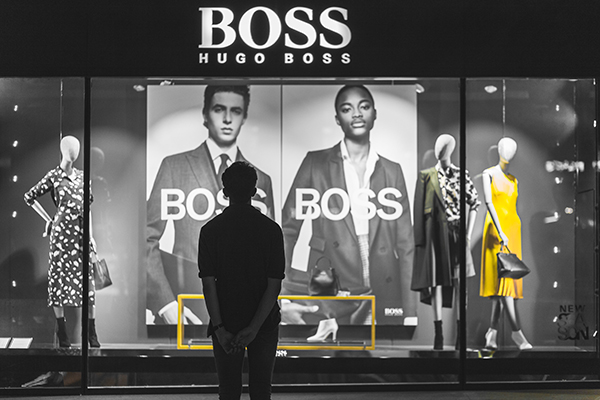New global research has revealed that shopping in-store remains the most popular experience overall (preferred by 38 per cent), although online is the first stop on the shopper journey for clothes (46 per cent), home goods (48 per cent) and electronics (63 per cent).
The survey was conducted by Opinium for JDA in May and June among 12,000 online interviews with respondents in Asia (2,000 in China, 1,000 in India), Europe (2,000 in the UK, 1,000 in France, 1,000 in Germany, 1,000 in Italy, 1,000 in Sweden), North America (2,000 in the US) and Oceania (500 in Australia and 500 in New Zealand).
Online options were preferred in some of the surveyed countries, such as China, where online shopping via mobile/tablet (34 per cent) was the preferred option.
When in-store, respondents said that having the right product in stock is the most important aspect of their shopping experience (34 per cent), followed by having a variety of products to choose from (29 per cent).
“This notion that stores are dying or there is a ‘retail apocalypse’ is exaggerated, instead, this is a time for a retail rebirth,” said Lee Gill, group vice president for global retail strategy at JDA. “While the industry may refer to it as omnichannel retailing, consumers across the globe no longer strongly distinguish between online and in-store channels.”
The survey showed that 40 per cent of respondents have used voice-controlled devices or services for some aspect of their shopping journey - Siri, Alexa, Google Home, Tmall Genie, etc - with 23 per cent of those using them to make purchases.
“While consumers are looking for personalization from retailers in theory, there are still concerns about how their data is being used for the execution,” said Gill. “Both consumers and retailers are trying out emerging technologies to determine what will work to provide the increased level of personalisation, while staying within consumers’ current comfort level.”
Globally, the majority of respondents who shop in physical retail stores have used some form of emerging technology while shopping, whether it’s mobile coupons or discounts (49 per cent) or individual recognition and personalised service based on loyalty programs (26 per cent).
However, UK consumers who shop in-store were least likely to have tried new technology in their shopper journey, with 70 per cent of UK respondents claiming they have not used any emerging technology in stores, while over 90 per cent of Chinese in-store shoppers said they have used emerging technology in-store.
When asked about the potential of augmented reality (AR), 60 per cent said they would be more likely to make a purchase if they could use AR to preview products. However, China continues to be more progressive when it comes to advances in retail technology for consumer experience – 90 per cent of Chinese respondents said they would be more likely to purchase items based on AR, compared to only 32 per cent of UK respondents.
Latest News
-
L’Oréal to acquire Kering Beauty brands in €4bn deal
-
Halfords appoints new CIO to lead digital transformation
-
Asda to launch 9 Express stores this week
-
Marks & Spencer steps up London store expansion before Christmas
-
Frasers Group latest retailer to roll out direct purchases within genAI chatbots
-
John Lewis launches supplier platform to fast-track premium brands with Russell & Bromley
Supermicro and NVIDIA’s AI Solution for Retailers
To find out more: click here
Beyond Channels: Redefining retail with Unified Commerce
This Retail Systems fireside chat with Nikki Baird, Vice President, Strategy & Product at Aptos will explore how unified commerce strategies enable retailers to tear down these barriers and unlock new levels of operational agility and customer satisfaction.
© 2024 Perspective Publishing Privacy & Cookies











Recent Stories